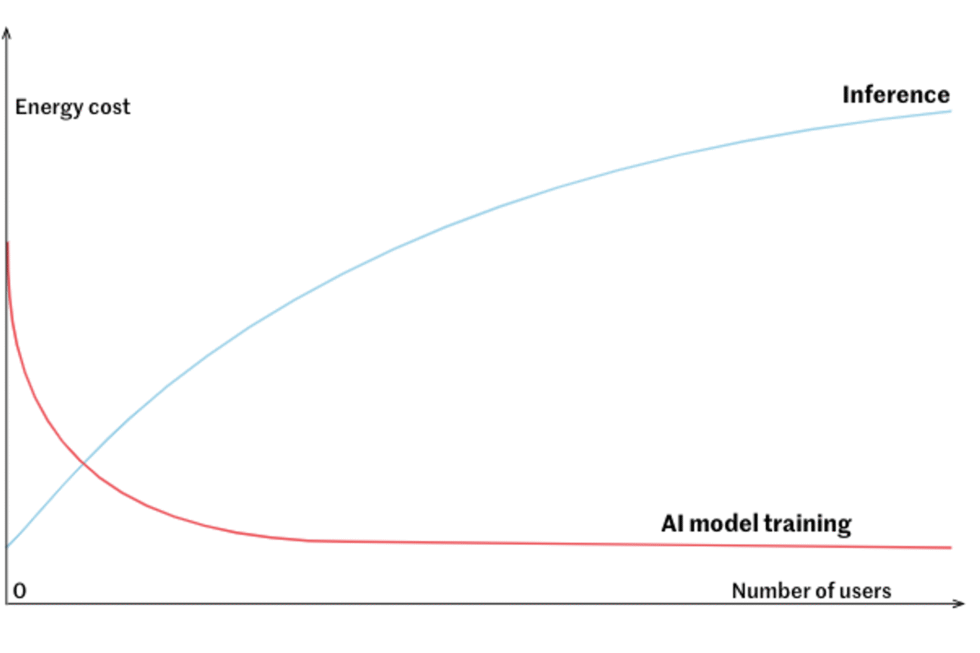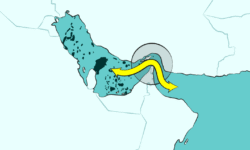
“Our GPUs [graphics processing units] are melting. We are going to temporarily introduce some rate limits.” Just two days after OpenAI added a new image generation feature to ChatGPT, on March 25, CEO Sam Altman openly admitted the company was overwhelmed. Users were rushing to test the new ability to transform photos into different styles of art using artificial intelligence technology, especially in the characteristic style of Studio Ghibli, the Japanese animation studio founded by artist and filmmaker Hayao Miyazaki. On March 31, Altman announced that one million new users had signed up for ChatGPT in just one hour. The day after, he acknowledged that ChatGPT faced the risk of service slowing down, or even outages.
The sequence highlighted the enormous energy drain represented by generative AI technology. AI’s explosive growth is now expected to more than double global electricity demand from data centers by 2030. According to an April report from the International Energy Agency (IEA), the demand could reach around 945 terawatt-hours (Twh), surpassing the current total electricity consumption of Japan. By that time, data centers will consume just under 3% of the world’s electricity, it found. “In the United States, power consumption by data centers is on course to account for almost half of the growth in electricity demand between now and 2030,” the IEA wrote.
Data center projects have been proliferating in the US. Donald Trump announced the launching of Stargate, a project with a $500 billion package of public and private funds that has already provided for the construction of up to 10 new data centers. Proving the point that energy is a core challenge in AI development, Meta and Microsoft have planned to connect their data centers directly to nuclear power plants. These projects anticipate that AI technology will achieve the success that has been predicted in the coming years. Indeed, now that AI models are integrated into Bing, WhatsApp, and, soon, Google, they will be included in every app on our phones, raising significant questions about their environmental impact.
You have 77.07% of this article left to read. The rest is for subscribers only.








